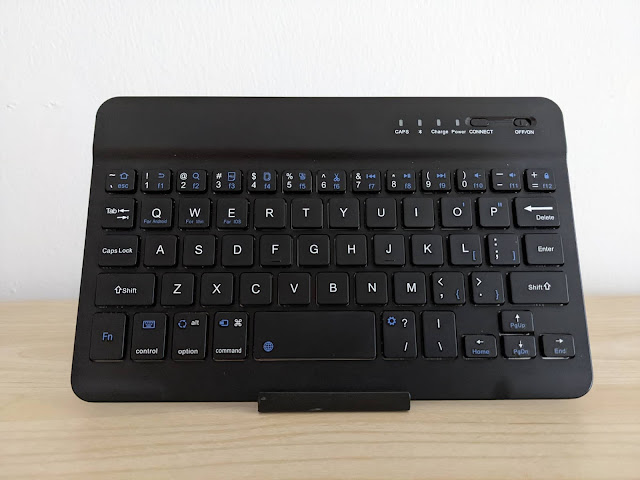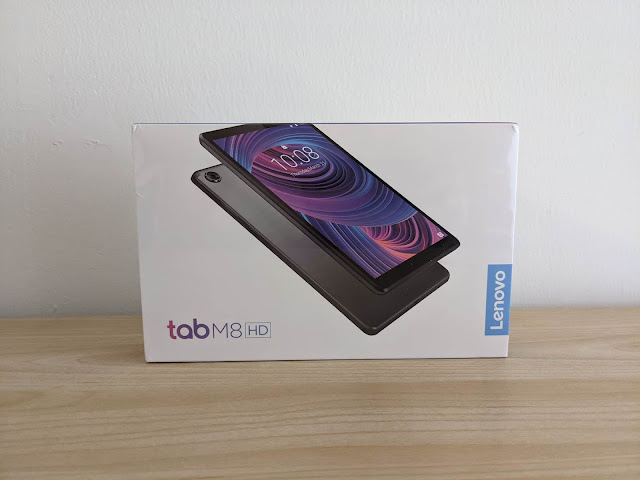How to Limit Data Usage on Tethered Android Devices
Buying an affordable Wi-Fi Android tablet with no cellular data option is a way of getting it for even cheaper. It’s what I did with my Lenovo Tab E7. The few times I need to use the device on the go, tethering to my Pixel 2 XL is straightforward to set up and use.
But Android devices exchange a lot of data even when sitting idle.
How to keep data usage under control? By tweaking the tablet’s account synchronization settings I can cut down on cellular data usage by two-thirds.
I did two simple tests to estimate the amount of data usage to expect from the tablet while tethered to the Pixel 2 XL, which has a 4G Vodafone cellular data plan.
In the Android settings of the phone, under Settings > Network & internet > Mobile network, a chart tracks how many MB of data have been used. In the tests I compared the value before turning on tethering and after turning it off, also noting the time of each action. This way I could measure the amount of data the phone transferred over a period of time when the tablet was tethered. During that time, I went through my usual app usage routine on the tablet.
In the first test I found about 2.5 MB/minute (150 MB/hour) are used with no changes to the tablet’s synchronization settings.
I repeated the test with the same method but turned off all synchronization options in each account. This time the phone used 0.8 MB/minute (50 MB/hour) with synchronization disabled, about 1/3 as before.
Not just Google accounts, but also those of third-party apps such as social networks, messaging platforms, and so on. On my tablet I have only a Google account and a Telegram account.
To limit data usage on the tethered Android device, I turn off account synchronization. It’s the same strategy for limiting data usage on tethered Chromebooks. This cuts down most of the background data transfers. The remaining network activity is mostly the one I generate by interacting with the apps I open and use.
There’s no direct way of turning off synchronization globally across all accounts. So, before hitting the road and activating tethering on the phone, it’s better to turn off synchronization for all apps across all accounts. This takes a few dozen taps, but I can go through them quickly as most are in the same screen.
Here’s how I proceed:
Some apps, like Gmail and Google Keep, warn synchronization is off. But they can still transfer data, as long as an app is open or I exercise its features involving network access. To force a data exchange, I do a manual synchronization with the pull to refresh gesture available in most apps.
After turning off tethering and turning synchronization back on, the next time the device detects an active Wi-Fi connection it will transfer any outstanding background data.
But Android devices exchange a lot of data even when sitting idle.
How to keep data usage under control? By tweaking the tablet’s account synchronization settings I can cut down on cellular data usage by two-thirds.
Measuring data usage
The first step is to get an idea of how much cellular traffic tethering generates, and how much I can save by playing with the system settings.I did two simple tests to estimate the amount of data usage to expect from the tablet while tethered to the Pixel 2 XL, which has a 4G Vodafone cellular data plan.
In the Android settings of the phone, under Settings > Network & internet > Mobile network, a chart tracks how many MB of data have been used. In the tests I compared the value before turning on tethering and after turning it off, also noting the time of each action. This way I could measure the amount of data the phone transferred over a period of time when the tablet was tethered. During that time, I went through my usual app usage routine on the tablet.
In the first test I found about 2.5 MB/minute (150 MB/hour) are used with no changes to the tablet’s synchronization settings.
I repeated the test with the same method but turned off all synchronization options in each account. This time the phone used 0.8 MB/minute (50 MB/hour) with synchronization disabled, about 1/3 as before.
Limiting data usage
The largest source of passive data consumption is background synchronization of the accounts signed into the device.Not just Google accounts, but also those of third-party apps such as social networks, messaging platforms, and so on. On my tablet I have only a Google account and a Telegram account.
To limit data usage on the tethered Android device, I turn off account synchronization. It’s the same strategy for limiting data usage on tethered Chromebooks. This cuts down most of the background data transfers. The remaining network activity is mostly the one I generate by interacting with the apps I open and use.
There’s no direct way of turning off synchronization globally across all accounts. So, before hitting the road and activating tethering on the phone, it’s better to turn off synchronization for all apps across all accounts. This takes a few dozen taps, but I can go through them quickly as most are in the same screen.
Here’s how I proceed:
- turn off synchronization on the tethered Android device
- turn on the mobile Wi-Fi hotspot on the phone
- use the tethered device as needed
- turn off the mobile Wi-Fi hotspot on the phone
- turn off synchronization on the tethered Android device
Turning off synchronization
The options to turn off synchronization in Google accounts are usually under Settings > Accounts > Google > Account sync, including on my tablet with Android Go 8.1 The settings screen lists the installed apps that perform synchronization and hence use background data, with a toggle to turn it off or on. I turn off the entries I don’t need while tethered, i.e. all of them. |
| The Google account synchronization options on my Lenovo Tab E7 tablet. |
Using apps while tethered
Once tethered, I use the apps as usual.Some apps, like Gmail and Google Keep, warn synchronization is off. But they can still transfer data, as long as an app is open or I exercise its features involving network access. To force a data exchange, I do a manual synchronization with the pull to refresh gesture available in most apps.
After turning off tethering and turning synchronization back on, the next time the device detects an active Wi-Fi connection it will transfer any outstanding background data.

